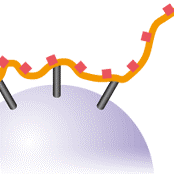Spectrum | HPLC | GC | MS:
Spectrophotometers
HPLC / FPLC
Gas Chromatograph
Mass Spectrometers
Gas Generator Systems
Ultraviolet Detectors
- Ion Exchange Chromatography Media

| Request Information |
| Related Products |

















